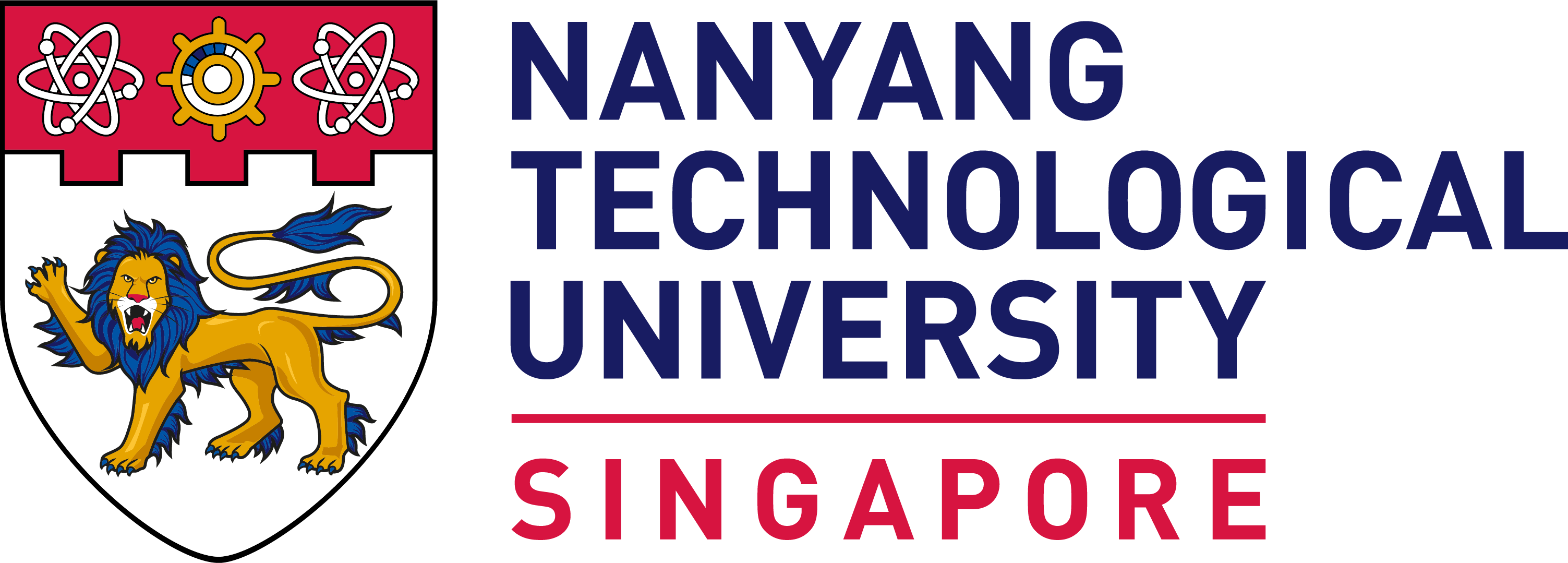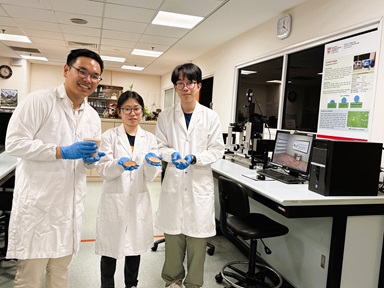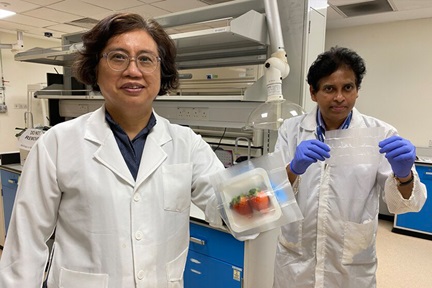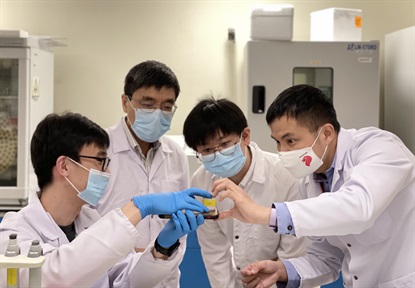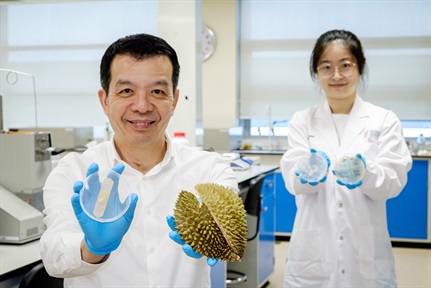A New Era of Bioelectronics
From tattoo-like biosensors to open heart surgery, the work of materials scientists like Professor John Rogers are shaping the face of bioelectronics. Speaking at the College of Engineering’s Dean’s Distinguished Speakers Series, Rogers detailed the awe-inspiring progress of the industry and a glimpse of what’s next.

Director of Querrey Simpson Institute for Bioelectronics at Northwestern University, Dr. John Rogers
News of Neil Armstrong’s death broke in August 2012. The legendary astronaut, who survived the Korean War, life as a test pilot, and the world's first moon walk, died from complications following coronary bypass surgery at the age of 82.
He had reportedly been recovering well, but the removal of a temporary pacemaker caused internal bleeding, which ultimately led to his death. Armstrong’s family subsequently launched a multimillion-dollar medical malpractice suit.
“Once a heart surgery patient has recovered, they don’t need the pacemaker anymore, so it must be removed. And it turns out that there are risks associated with removal of that temporary pacemaker that's built with non-permanent materials,” explained Querrey Simpson Institute for Bioelectronics at Northwestern University director, Dr. John Rogers, from a Nanyang Technological University (NTU) lecture hall on Friday June 27.
The professor was visiting NTU as part of the College of Engineering’s Dean’s Distinguished Speaker Series, an initiative that brings distinguished experts to interact with members of the engineering community for intellectual exchange and partnership.

A full house for Professor Rogers' lecture
A hospital reaches out
Rogers is well-versed in the use of temporary pacemakers following cardiac surgery, thanks to decades of work developing ultra-thin, flexible, and bioresorbable electronic devices for medical applications.
He had been investigating the potential of bioresorbable electronics as a way to create devices that could safely dissolve within the body over time. This became the foundation for developing electronic components designed to naturally break down in bio-fluids over a few weeks. He soon began incorporating resorbable metals and bio-ligands to engineer devices capable of delivering temporary electronic functions.
It wasn’t long until Rogers attracted the attention of cardiac surgeons at Northwestern Memorial Hospital.
The hospital reached out in hopes that the scientist’s dissolvable semiconductor technology could help solve the dangerous problem of post-surgery temporary pacemaker removal.
“Their idea was, hey, you guys have these wireless electronic systems that dissolve away in the body. Can you create a device that would provide that temporary pacing function without the need for the transcutaneous wire and the physical tether to the external power supply, and without the need for doing a surgical extraction process, by designing it to naturally dissolve away?” he shared.
“It turns out you can do all of that,” he concluded.
The evolution of bioelectronic research
Working in this capacity may have been a small pivot for Rogers and his team, but it was based on years of work in bioelectronics – mostly in the realm of bioelectronics as skin sensors and neural interfaces.
Rogers’ team had begun thinking about skin sensors in 2008 as a way to monitor health parameters, before the concept made its way into the realm of consumer electronics in products like Fitbit.
 Thin, Battery-free, Skin-like Devices for Blood Oximetry, photo courtesy of Professor Rogers
Thin, Battery-free, Skin-like Devices for Blood Oximetry, photo courtesy of Professor Rogers
Through proper materials selection and mechanical design, the researchers were able to make circuits that adhere to the skin, stretch and are water permeable, much like a temporary tattoo. By 2019, the team had successfully deployed sticker-like monitoring devices in Neonatal Intensive Care Units (NICUs) thus demonstrating they could monitor all required vital signs without traditional invasive equipment.
This work caught the attention of the Gates Foundation and Save the Children, who partnered with Rogers’ team to adapt the technology for monitoring maternal and fetal health in countries such as Zambia, Kenya, and India, where alternative solutions were often unavailable.
Building on this foundation, Rogers’ research progressed toward more complex challenges, creating nanoscale silicon ribbons and ultra-thin mesh-like electronic structures capable of interfacing with delicate tissues like the brain.
A critical breakthrough came when neuroscientists developed viral vectors that could genetically modify neurons to become light-sensitive. This prompted Rogers to shift from traditional electrical neural interfaces to optical approaches.
The engineering challenge was creating devices thin and soft enough to minimize tissue damage while providing sophisticated neural stimulation capabilities. This led to developing optogenetic technologies that could be implanted and controlled wirelessly, opening new possibilities for neural research and potential therapeutic interventions, as well as new experimental paradigms in neuroscience research.
Miles to go
Rogers credits his team for the prolific achievements of his lab. A photo he projected onscreen during the lecture showed a large group of people gathered around the smiling professor at a dining venue. There’s no denying Rogers’ mentorship and the positive impact of the dedicated support he receives from his team.
His advice to students and young researchers is not to go it alone but to seek out collaboration.
“Interacting with talented people just makes the research a lot more enjoyable,” he reflected.
He should know. He’s co-authored nearly 1,000 papers and been named co-inventor on more than 100 patents. His co-authored papers with Northwestern colleague Professor Yonggang Huang total over 400 on their own.
But Rogers isn’t done. For those hoping to follow in his footsteps, he warned that his work is still going strong and members of NTU’s research community will have to move fast and keep collaborating in order to keep pace.
“Those numbers are a moving target for you guys,” he joked.
Story by Laura Dobberstein, NTU College of Engineering
